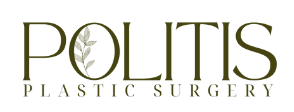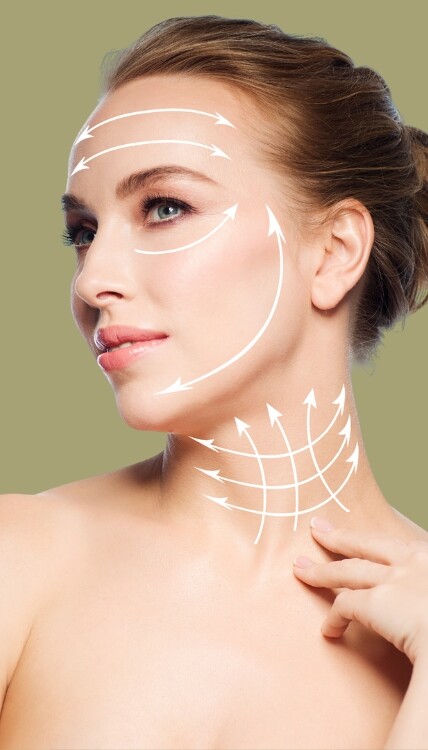Key Takeaways:
- A neck lift is a plastic surgery procedure used to tighten and smooth the neck for a more youthful appearance.
- Ideal candidates for a neck lift are those in good health, nonsmokers, and those who have realistic expectations.
- Neck lift procedures should be performed by board-certified plastic surgeons with a proven track record of excellent results.
 When it comes to battling the signs of aging, the neck can be a formidable opponent. Despite your best efforts to stay fit and healthy, the neck can sag and wrinkle, betraying your age and stealing your confidence. Enter the neck lift, a plastic surgery procedure that tightens and smooths the neck for a more youthful appearance. So, let’s explore the importance of this procedure and take a closer look at how it works.
When it comes to battling the signs of aging, the neck can be a formidable opponent. Despite your best efforts to stay fit and healthy, the neck can sag and wrinkle, betraying your age and stealing your confidence. Enter the neck lift, a plastic surgery procedure that tightens and smooths the neck for a more youthful appearance. So, let’s explore the importance of this procedure and take a closer look at how it works.
Understanding the Neck Lift Procedure
First, it’s important to determine if you’re a suitable candidate for a neck lift. Ideal candidates are those in good health, nonsmokers, and those who have realistic expectations. The procedure can address loose skin, sagging, and wrinkling, but it is not a solution for everyone
When it comes to neck lift techniques, there are several options. The most common include the traditional neck lift, which removes excess skin and tightens underlying muscles; a liposuction-assisted neck lift, which eliminates excess fatty deposits; and a non-surgical neck lift, which uses injectables to provide a temporary lift.
During the procedure, your plastic surgeon will make small incisions near your ears and potentially under your chin to access the neck area. They will then remove excess skin, fat, and muscle, as well as tighten underlying tissues. The result is a smoother, more youthful-looking neck.
As with any surgical procedure, there are anesthesia options available. These include general anesthesia and intravenous sedation. Your plastic surgeon will discuss which option is best suited for you.
Recovery and Results
After your neck lift, you can expect a period of recovery. This will involve some bruising, swelling, and discomfort, all of which should subside within a few weeks. Your surgeon will provide you with specific postoperative care instructions to ensure a smooth and successful recovery.
As for the results, you can expect a rejuvenated, younger-looking neck that will last for years to come. Keep in mind that the timeline for seeing the final results may vary, so patience is key. While complications are rare, as with any surgical procedure, there is a risk of infection, bleeding, and scarring. Be sure to discuss these risks with your plastic surgeon.
Cost and Availability
The cost of a neck lift varies depending on the technique used, the extent of the procedure, and the location of your surgery. Your surgeon can provide a quote during your consultation. Many plastic surgery clinics offer payment options and financing plans to help make the procedure more accessible.
Neck lifts can be performed by board-certified plastic surgeons across the country, but finding the right surgeon for you is essential. Be sure to research and choose a surgeon who specializes in neck lift procedures and has a proven track record of excellent results.
Conclusion
In summary, a neck lift is a highly effective procedure for achieving a more youthful and refined appearance. It can address excess skin, sagging, and wrinkling, and provide a significant boost to your confidence.
If you’re considering a neck lift, there’s no better place to turn than Politis Plastic Surgery in Tampa, FL. Headed by the highly skilled Dr. Effie Politis, you’ll receive personalized care and attention from a board-certified plastic surgeon with a keen eye for detail. Don’t let an aging neck hold you back – take control and reclaim your confidence with a neck lift from Dr. Effie Politis today.
References:
- “Neck Lift Recovery: What to Expect – Popp Cosmetic Surgery PC.” https://poppcosmeticsurgery.com/blog/neck-lift-recovery-what-to-expect-after-a-neck-lift/.
- “The Three Techniques Often Used During a Neck Lift.” 12 Feb. 2020, https://www.facialplasticsurgerymexico.com/uncategorized/the-three-techniques-often-used-during-a-neck-lift/.
- “Neck Lift Risks and Safety | American Society of Plastic Surgeons.” https://www.plasticsurgery.org/cosmetic-procedures/neck-lift/safety.






 As you peer into the mirror, searching for the face of your youth, the idea of a facelift might flutter into your thoughts. A
As you peer into the mirror, searching for the face of your youth, the idea of a facelift might flutter into your thoughts. A 


 As you gaze at your reflection in the mirror and wonder about the right enhancements to create the perfect pout that would make even the most stoic Greek gods blush, lip fillers may be your ideal solution. This trendy procedure has become a popular choice among beauty-seekers who wish to attain fuller, plumper lips that look naturally stunning. So, allow me to guide you through what to expect during a lip filler procedure, as well as introduce you to a renowned
As you gaze at your reflection in the mirror and wonder about the right enhancements to create the perfect pout that would make even the most stoic Greek gods blush, lip fillers may be your ideal solution. This trendy procedure has become a popular choice among beauty-seekers who wish to attain fuller, plumper lips that look naturally stunning. So, allow me to guide you through what to expect during a lip filler procedure, as well as introduce you to a renowned 

